




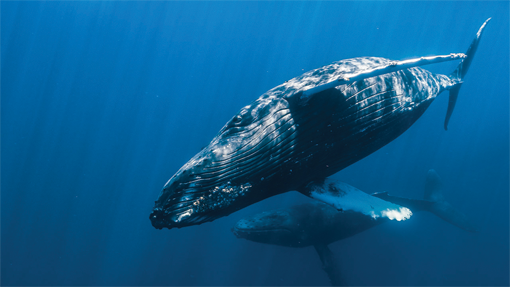
Oceans contain the greatest diversity of life on Earth. From the freezing polar regions to the warm waters of the tropics and deep sea hydrothermal vents, to shallow seagrass beds, there ar marine organisms all around. Humans rely on the oceans for their important natural resources. Fishing is the principal livelihood for over 200 million people and provides the main source of protein for more than a billion.Overexploitation of fish and other resources. destructive fishing, unregulated development, pollution and climate changes are all altering oceans in numerous ways. Human impacts can be found even in the most remote areas, such as the middle of the Pacific, where plastic garbage accumulates. The World Wildlife Foundation (WWF) works all around the world to protect oceans and the variety of species and communities that depend on them as homes and as food sources.
PLACES:
Madagascar, Mesoamerican Reef, Coral Triangle, Coastal East Africa, Gulf of California, The Galapagos, Southern Chile, Arctic


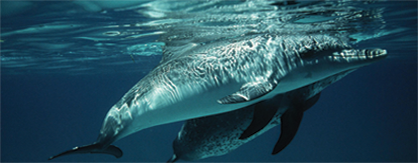

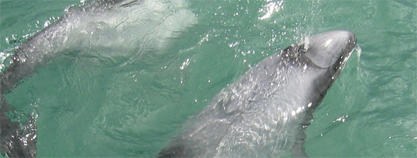
Looking at pictures of Earth from space, it's easy to think that water is plentiful. After all, water covers 70% of our planet. However, fresh water-the stuff we drink, bathe in, irrigate our farm fields with-is incredibly rare. Only 3% of the world's water is fresh water, and two-thirds of that is tucked away in frozen glaciers or otherwise unavailable for our use. Clean freshwater is a luxury in many parts of the world. Without a clean source of fresh water, people are exposed to diseases, such as cholera and typhoid fever. Two million people, mostly children, die each year from water born diseases alone.
Freshwater ecosystems account for less than 0.01% of the planet's total surface area but they support more than 100,000 species, a list that includes more than just fish. Worms, mollusks, crayfish and insect larvae burrow into muddy lake or creek bottoms. Reeds and rushes along the shores shelter frogs and newts. Birds and mammals nest and feed in wetland vegetation. Even cave systems can be full of unique life, including blind fish and amphibians.
But these freshwater systems are now among the most endangered habitats in the world, due to human development, pollution and climate change. Fewer than 70 of the world's 177 longest rivers remain free of man-made obstructions. Also, more than half of the world's wetlands have disappeared since 1900, a particular concern because these places serve as nature's water treatment facilities -cleaning water of chemicals and other pollutants. Development, logging, pollution, agriculture and poor management puts freshwater systems-and the water they produce for people-at risk.
PLACES:
Greater Mekong, Congo Basin, Borneo and Sumatra, Yangtze, Chihuahuan Desert, Eastern Himalayas


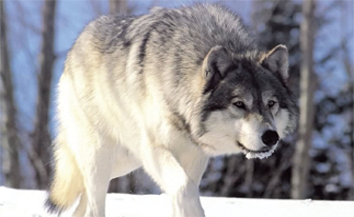
Life in the planet's polar regions can be incredibly difficult. Bitterly cold winds whip across the landscape. Winter temperatures can reach deep into the negatives, and the winter night can last for months. But these seemingly barren landscapes are home to a rich diversity of wildlife-both on land and under the sea surface-that has evolved to survive these harsh conditions.
Millions of people also live in the Arctic, but Antarctica has no permanent inhabitants. Antarctica is protected by a 1959 treaty that established the continent as a place to be used only for peace and science-though several thousand scientists and support staff periodically inhabit the area in the pursuit of research.
But even the relatively untouched expanse of Antarctica has not been immune to the effects of climate change. And the Arctic, in addition to climate change, has suffered from pollution, development by the oil and gas industry, and overfishing.
PLACES:
Arctic


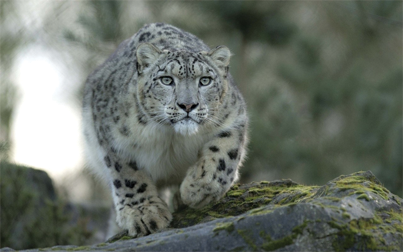
When tectonic plates smash into each other, they push the Earth's crust higher and higher, forming mountains. Some mountain ranges, like the Himalayas, are still growing. Others, like the Appalachians, saw their heyday hundreds of millions of years ago and have been weathering away ever since. Volcanoes also form mountains and periodically erupt - scraping clear the landscape.
On a mountain, weather and the organisms that live there rapidly change as elevation increases. As temperatures get colder, tree species change, and then become scarcer before disappearing entirely. At the top there may be nothing but snow and ice. But even these bleak landscapes are home to a diverse array of plants and animals adapted for that environment.
Until recently, mountain habitats have been largely protected because of their inaccessibility. As people have moved into the mountains to live, for recreation and to obtain valuable resources such as timber, mountain ecosystems around the world have been subject to degradation and destruction.
PLACES:
Coastal East Africa, Southern Chile, Yangtze, Eastern Himalayas